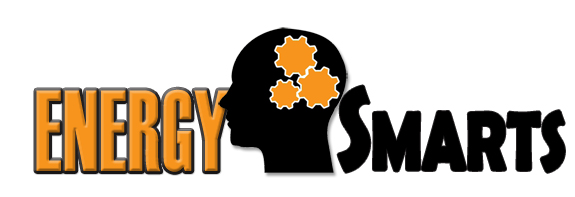ENERGYSMARTS GRANTS HELP QUALIFYING MEMBERS SAVE ENERGY
What is an EnergySmarts Grant?
United Cooperative Services is committed to helping members use energy more wisely through Energy Innovation. Educating members about ways to manage energy consumption is a top priority and United believes that on an individual basis, taking measures to live more energy efficiently is the quickest response one could give to energy prices.
Through its EnergySmarts Grant Program, United Cooperative Services provides grant funding to eligible members served by United for the installation and implementation of energy efficiency measures and some renewable distributed generation applications.
EnergySmarts grants help members implement projects to help offset rising energy costs, reduce energy consumption, protect our environment and control Texas’ growing demand for electricity. United will award EnergySmarts grants to members served by United. The grants will cover up to a maximum of $1,000 for residential efficiency measures and $100 for residential solar-powered distributed generation applications. The EnergySmarts Grant program operates on a first-come, first-served basis. United will award grants until a combined $100,000 in grant disbursements is exhausted.
Eligibility
Residential Grants—Members at or below 200 percent of the federal poverty level, and own or are in the process of purchasing a home, are eligible to apply for one residential grant. Renters are ineligible to receive grants. The home undergoing retrofit/new construction must be served by United. Energy audits are required to identify and/or validate potential energy conservation measures, respective costs, energy savings and payback periods. Projects must be completed prior to receiving the grant. The member must demonstrate a financial need to qualify for a grant and must select the vendor responsible for completing the work. Grants are capped at $1,000.
Residential DG Grants—Residential members who install approved photovoltaic/solar DG systems at the residence in which they receive electric service from United are eligible for one grant per unit at a maximum of two grants per member. The DG installation must be completely installed and operational in the calendar year the grant is provided, meet United’s DG specifications and be inspected by a United representative prior to receiving a grant. The DG installation must be on property served by United. Existing DG units and rental properties are not eligible for grant funding. Invoices are required for grant funding approval. Grants will be capped at $100 for PV/solar applications. The interconnected DG capacity must meet or exceed 1,000 watts (1 kilowatt).
Commercial & Industrial or Agricultural DG Grants—Commercial & Industrial, as well as Agricultural members who install approved photovoltaic/solar DG systems at the location in which they receive electric service from United are eligible for one grant per unit at a maximum of two grants per member. The DG installation must be completely installed and operational in the calendar year the grant is provided, meet United’s DG specifications and be inspected by a United representative prior to receiving a grant. The solar DG installation must be on property served by United. Existing DG units and rental properties are not eligible for grant funding. Invoices are required for grant funding approval. Grants will be capped at $200 per application, maximum of two grants. The interconnected solar DG capacity must meet or exceed 5 kilowatts.
Commercial Grants—Commercial and Industrial members seeking to implement energy-saving measures (e.g., energy efficient lighting, etc.) may apply for a grant. Grants will be capped at $1,000. The facility in which the energy-saving measures are being implemented must be served by United. Energy audits are required to identify and validate potential energy conservation measures, respective costs, energy savings and payback periods. Projects must be completed prior to receiving the grant. Grants are limited to one grant per year, and one grant per project. For example, a business’ lighting retrofit project this year would qualify only for one grant even if the project was completed in phases over several years because the project objective is “lighting retrofit.”
How to Apply
Members seeking an EnergySmarts Grant must complete the EnergySmarts Grant Application, including a description of the proposed energy efficiency upgrades, cost estimates from a licensed installer/builder/contractor. Part of the application process will include a pre-retrofit/construction audit by a United Energy Expert. Grant applicants must submit proper documentation noting goals and tasks or deliverables. Residential energy efficiency grant applicants are required to submit prior year’s financial information, such as a W-2 tax form.
Peace of Mind
After members have completed energy efficient upgrades and upon request, United experts will be available to provide a post-retrofit evaluation.
To obtain an EnergySmarts Grant application, click

